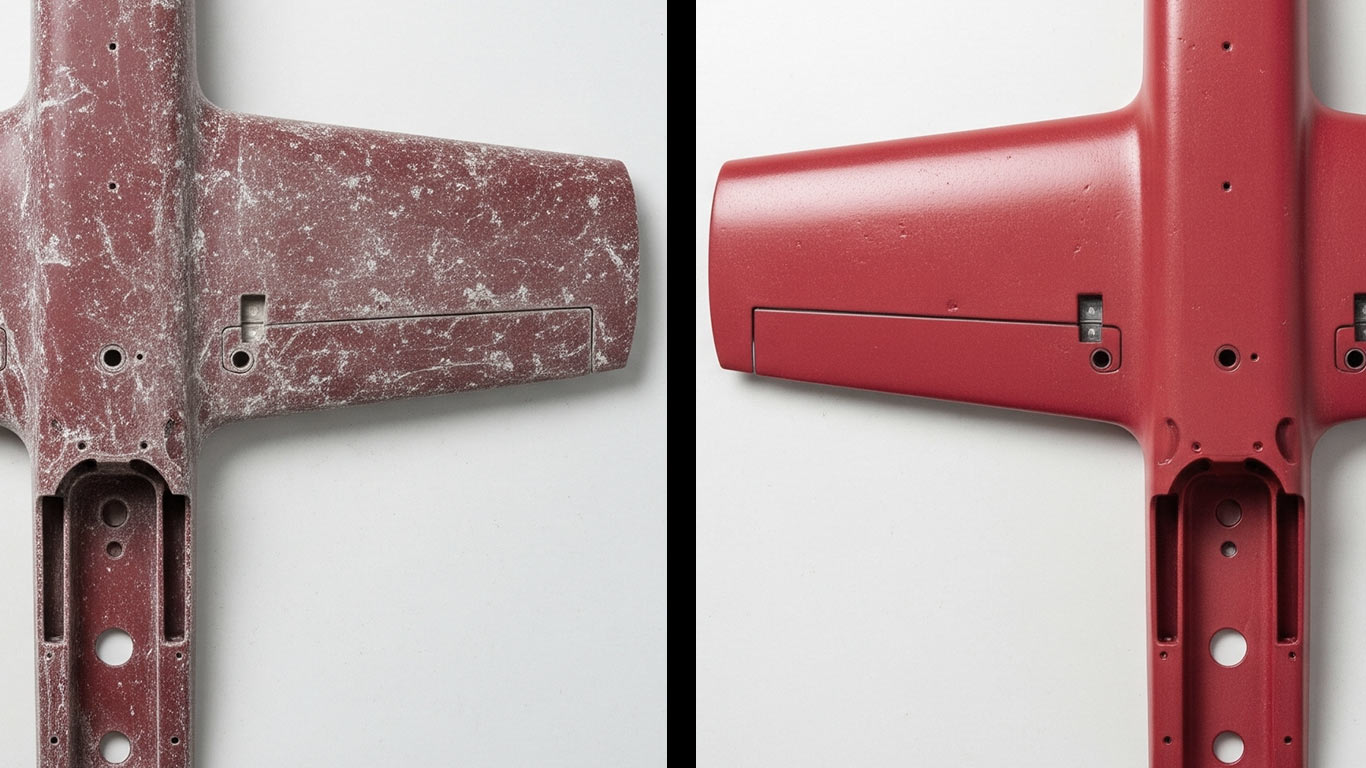
FDA
FDA 21 CFR 1040.10 - Laser Product Performance Standards



I've seen corrosion eat away at metal structures in harsh marine environments, but GFRP resists it with its built-in corrosion resistance and lightweight strength that maintains structural integrity without extra weight
Look at this contaminated GFRP surface under 1000x magnification. Dust and grime cling tightly to the fibers, making everything look dull and uneven. You can see irregular patches everywhere, blocking the clear view of the underlying structure.
Now check the cleaned GFRP after laser treatment at the same magnification. The surface shines smoothly with fibers standing out crisp and bare. No more debris hides details, revealing a fresh and uniform texture overall.

FDA 21 CFR 1040.10 - Laser Product Performance Standards

ANSI Z136.1 - Safe Use of Lasers

IEC 60825 - Safety of Laser Products

OSHA 29 CFR 1926.95 - Personal Protective Equipment
License: Creative Commons BY 4.0 • Free to use with attribution •Learn more